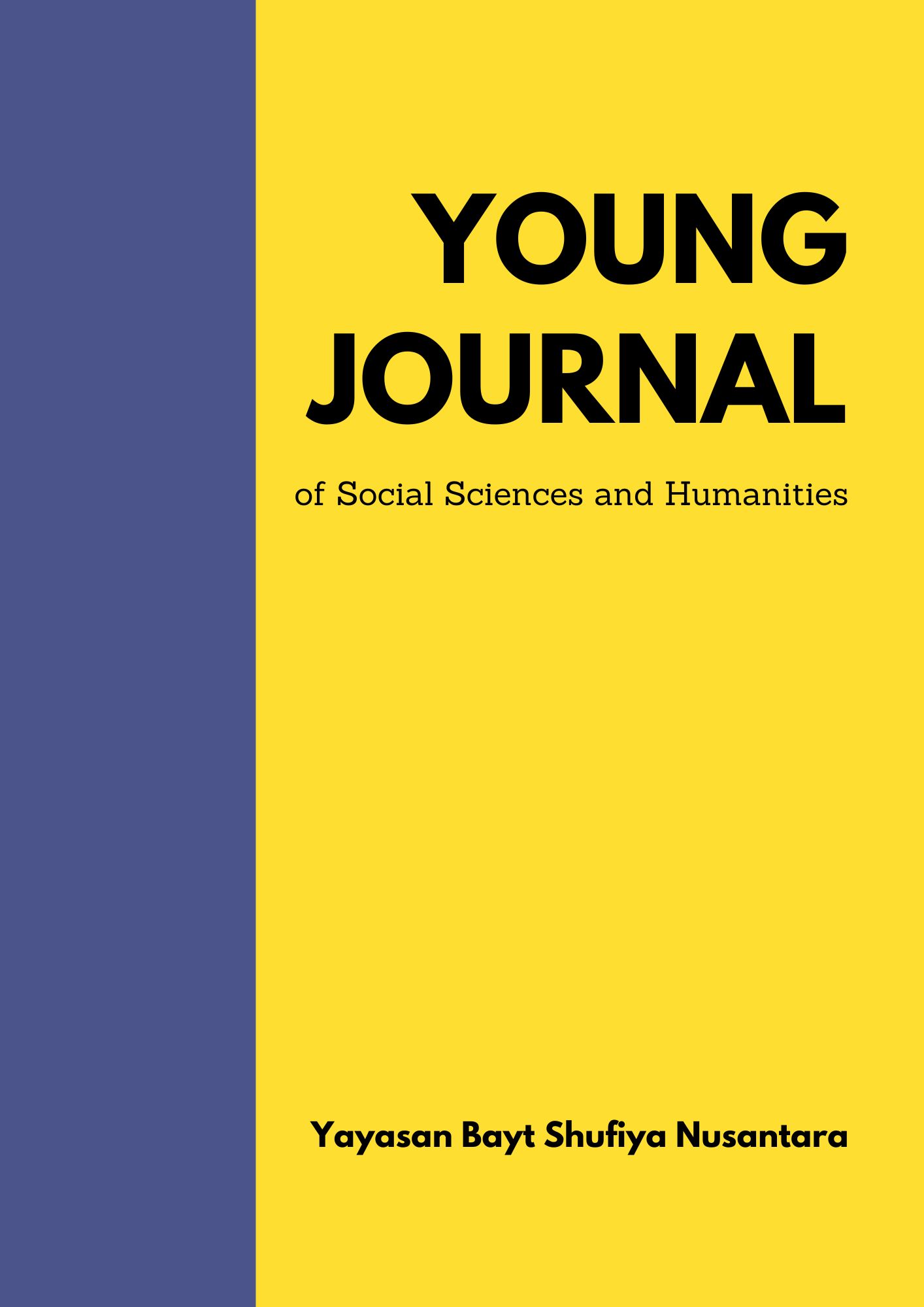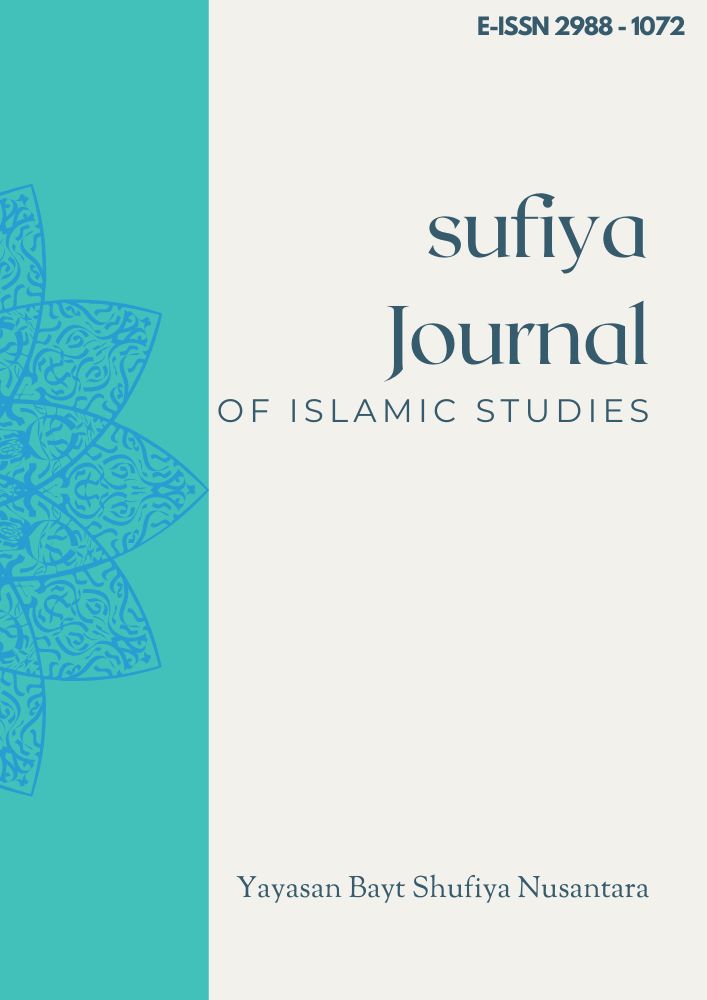Telaah Q.S. Al-Baqarah Ayat 222 Tentang Kesehatan Dan Kebersihan
Keywords:
Al-Qur'an, Health, CleanlinessAbstract
Health and cleanliness are two essential aspects of human life that receive significant attention in Islamic teachings. This study aims to explore the meaning and message contained in Surah Al-Baqarah verse 222, particularly in relation to marital relations, personal purity, and the dimensions of cleanliness from both spiritual and physical perspectives. The research employs a literature review method using a thematic (maudhu’i) tafsir approach by examining interpretations from classical and contemporary scholars. The findings reveal that the verse not only prohibits sexual relations during menstruation as a form of biological protection but also conveys moral and educational messages regarding respect for women, the strengthening of family relationships, and the instilling of cleanliness as an expression of obedience to God. In addition to its physical health benefits, Islamic cleanliness practices align with modern health principles and contribute to psychological balance and spiritual resilience. Thus, cleanliness in Islam is not merely a ritual obligation but a fundamental ethical and social principle for building a healthy, harmonious, and sustainable life.
References
Al-Nawawi. (2003). Al-Majmu’ Syarh al-Muhadzdzab. Beirut: Dar al-Fikr.
Al-Suyuthi, Jalaluddin. (2004). Lubāb al-Nuqūl fī Asbāb al-Nuzūl. Beirut: Dar al-Fikr.
Al-Qaradhawi, Yusuf. (1999). Fiqh Thaharah. Kairo: Maktabah Wahbah.
Al-Wahidi, Imam. (2002). Asbāb al-Nuzūl. Beirut: Dar al-Kutub al-‘Ilmiyyah.
Hana, R. R., Akhmad Dasuki, Munirah, & Badarulzaman, M. H. (2023). Contextual Reading of Surah Al-Baqarah [2]: 222 with the Ma’na Cum Maghza Approach. QOF, 7(2), 281–300. https://doi.org/10.30762/qof.v7i2.1725
Millati, H. (2021). The Reciprocal Paradigm of Tafsīr al-Miṣbah and Tafsīr al-Taḥrīr wa al-Tanwīr on Surah al-Baqarah verse 222 about Menstruation Blood. Sawwa: Jurnal Studi Gender, 16(1), 1–18. https://doi.org/10.21580/sa.v16i1.7404
Najihah, B. N., Solehudin, S., Suhartawan, B., & Suhartawan, B. (2024). TAFSIR EMANSIPATORIS AISYAH BINTI ABU BAKAR DALAM AYAT-AYAT TENTANG PEREMPUAN DAN YATIM TAFSIR. TAFAKKUR : Jurnal Ilmu Al-Qur’an Dan Tafsir, 5(1), 12–30. https://doi.org/10.62359/tafakkur.v5i1.286
Raden Nurhayati, & Wijaya, D. S. H. (2022). Epistimologi Penetapan Masa Haidh Istri melalui Pendekatan Ilmu Qiraat al-Quran dalam Perhitungan Masa Haidh Istri. Moderasi : Journal of Islamic Studies, 1(2), 182–202. https://doi.org/10.54471/moderasi.v1i2.20
Ramdan, A., Arrashif, G. Y., Hawari, I. M., Nursadin, K. M., & Suhartawan, B. (2023). Menstrual Period in Qur’an. Journal of Ulumul Qur’an and Tafsir Studies, 2(1), 25–30. https://doi.org/10.54801/juquts.v2i1.175
Saeni, M., Dehghani, A., Moradi, H., & Edrisi, F. (2023). بررسی بهداشت جنسی در مورد قاعدگی زنان و آثار تربیتی آن، حول آیه 222 سوره بقره در قرآن. Quran and Medicine, 8(1), 98–107.
Tasya Putri Nurhayat, Muliadi, M., & Wildan Taufiq. (2024). Perkembangan Makna Kata Mahid dalam QS. al-Baqarah [2] Ayat 222: Analisis Semiotika Charles Sanders Peirce. Jurnal Semiotika-Q: Kajian Ilmu Al-Quran Dan Tafsir, 4(2), 485–499. https://doi.org/10.19109/jsq.v4i2.23469
Downloads
Published
How to Cite
Issue
Section
License
Copyright (c) 2025 Naysila Putri Aulia, Suci Shintya Sari, Dwiky Kurniawan Saragih

This work is licensed under a Creative Commons Attribution-ShareAlike 4.0 International License.














